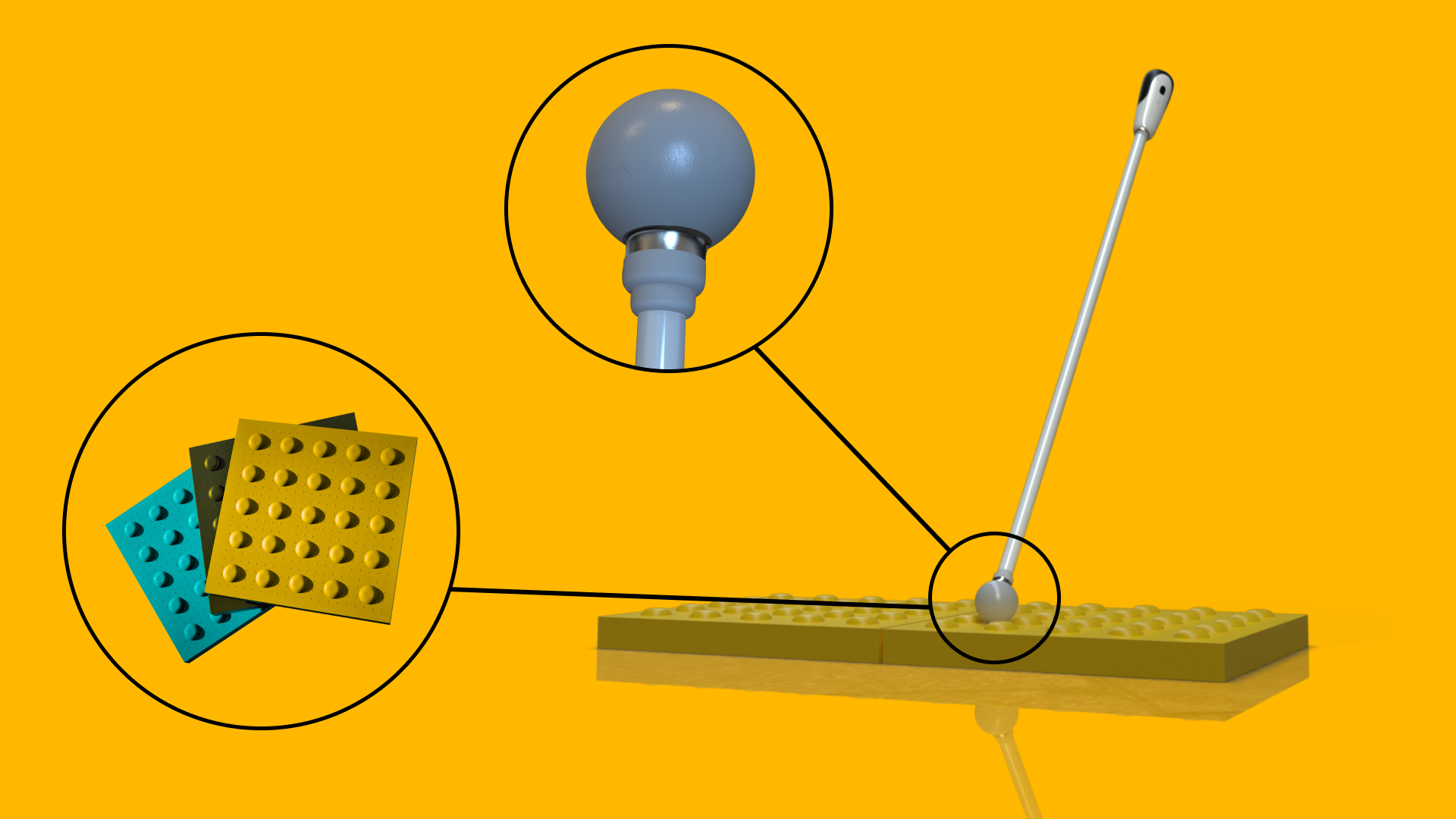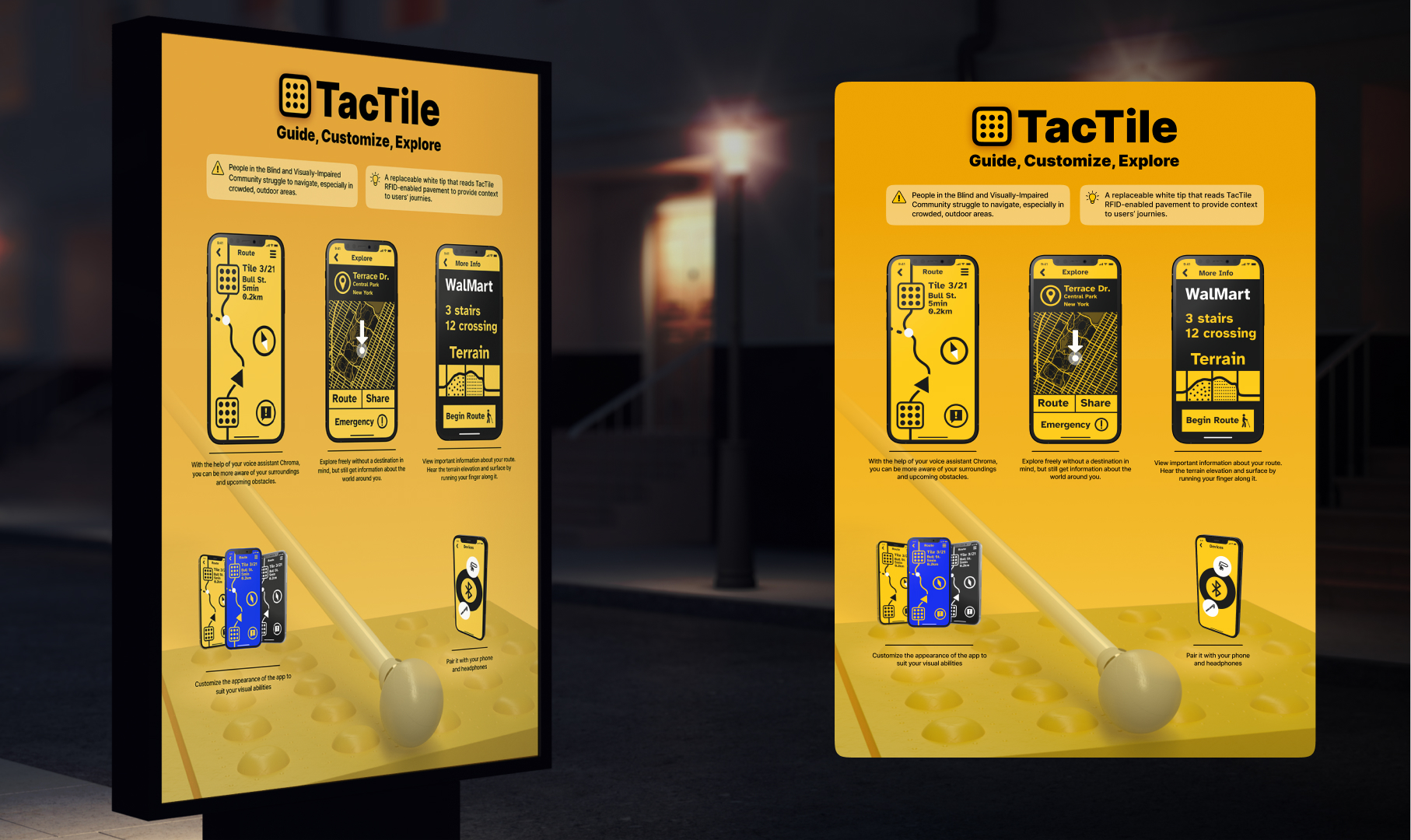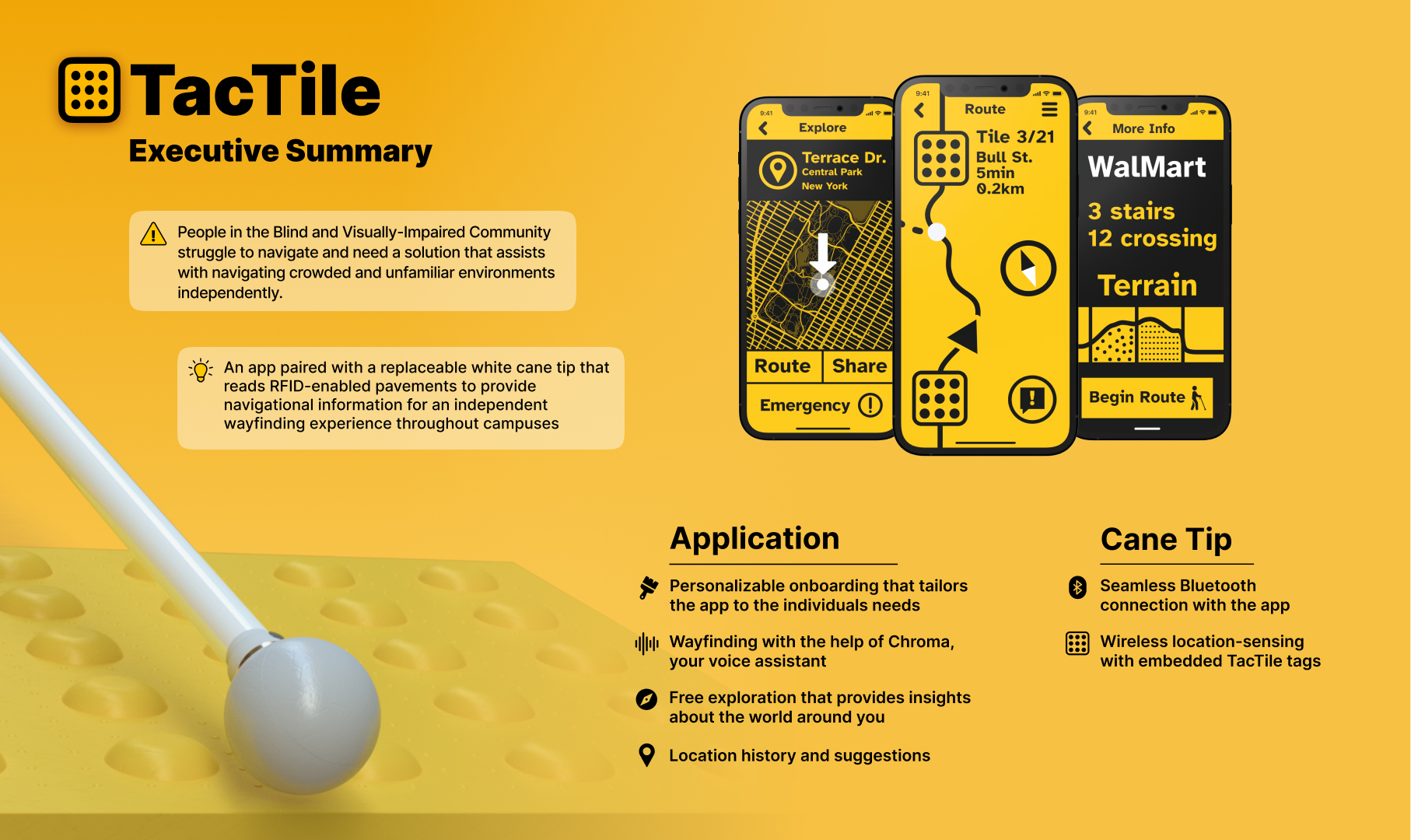

Tactile paving is everywhere from subway stations to our streets and roads, and even some places indoors. The Blind and Visually-Impaired (BVI) Community uses these tactile markers to tell what’s up ahead, like oncoming traffic, a crossing, an elevator, or a ramp. They feel the bumps with their feet or cane and can act accordingly. The current systems put in place were designed and standardized in the 1990s, which was 30 years ago. A lot has changed since then, most notably the way we interact with our surroundings and with each other since the onset of mobile devices.

TacTile updates this system for the 21st century to help the BVI guide, explore, and customize their experience while keeping it compatible with the system already in use. TacTile has three big touchpoints for this space: The pavement, the tip of the cane, and the user’s mobile device. Our system works by feeding information from the tile to the cane tip with a sensor placed inside the cane. The sensor “hears” the RFID signal in the pavement and responds with a location, along with other data such as foot traffic and any warnings. Based on that data, the mobile app can provide the user with information like precise location and guidance, report how crowded an area is before they get there, and announce POIs around the user as they navigate. Because of the target user audience and the feasibility of deployment, we envision this solution being deployed on college or enterprise campuses to aid students or employees with campus way-finding.
Vision impairment or vision loss, is a decreased ability to see to a degree that causes problems not fixable by usual means, such as glasses.
300-400M of people are visually impaired worldwide and 50M of them are completely blind.
Traveling indoors has different environmental cues and difficulties than traveling outdoors.
White canes can help users with landmarks to familiarize themselves with the environment but have issues with detecting water or fabric on the floor, making it difficult to avoid hazardous terrain, cannot detect body-level and head-level obstacles.
HMW facilitate a consistent system that connects and helps adapt the blind and visually impaired community with accessibility, navigation, and independence while educating them and the public to understand their specific needs?
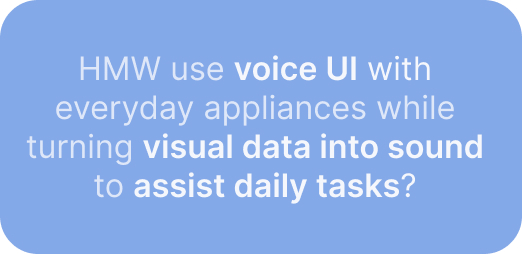

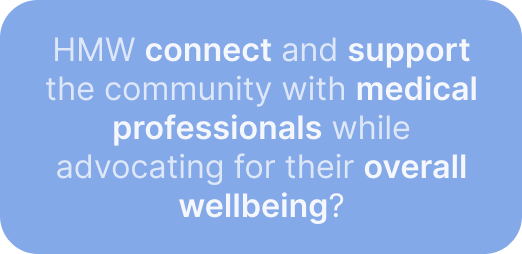



We created the user persona Alex to help us understand our primary user while designing. This shows us our users pain points in their current journey.
Replacing tactile paving using RFID to inform the user with navigation and spatial information using the white cane.
• Enhance the experience using the white cane?
• Help navigate in large, crowded, complex areas?
• Create a system designed specifically for the BVI that is easy to learn?
• Enhance and support auditorial senses further to detect incoming obstacles when navigating?
• Enable independence in daily activities by assisting with navigation, object usability, and identifying people?
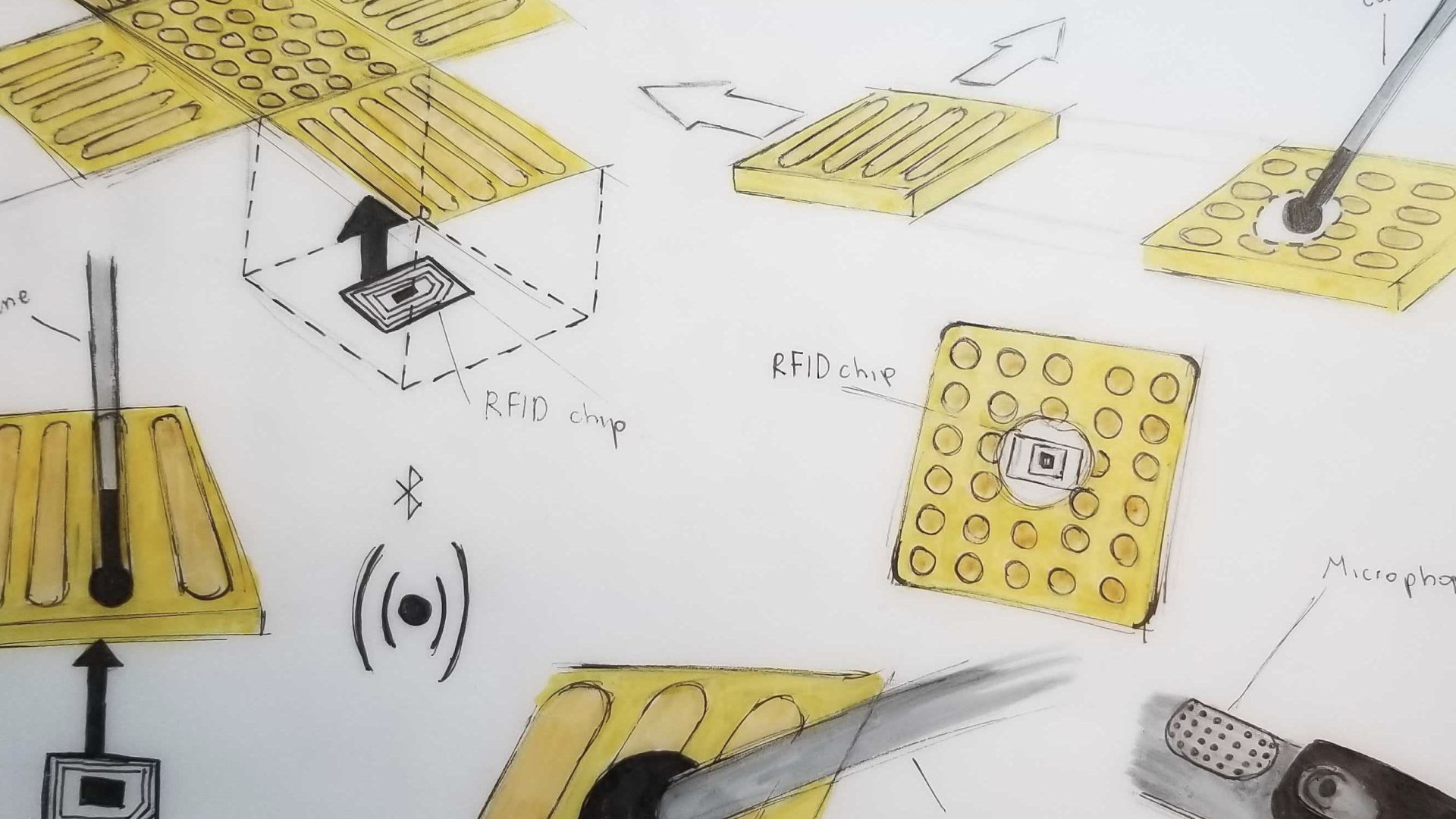
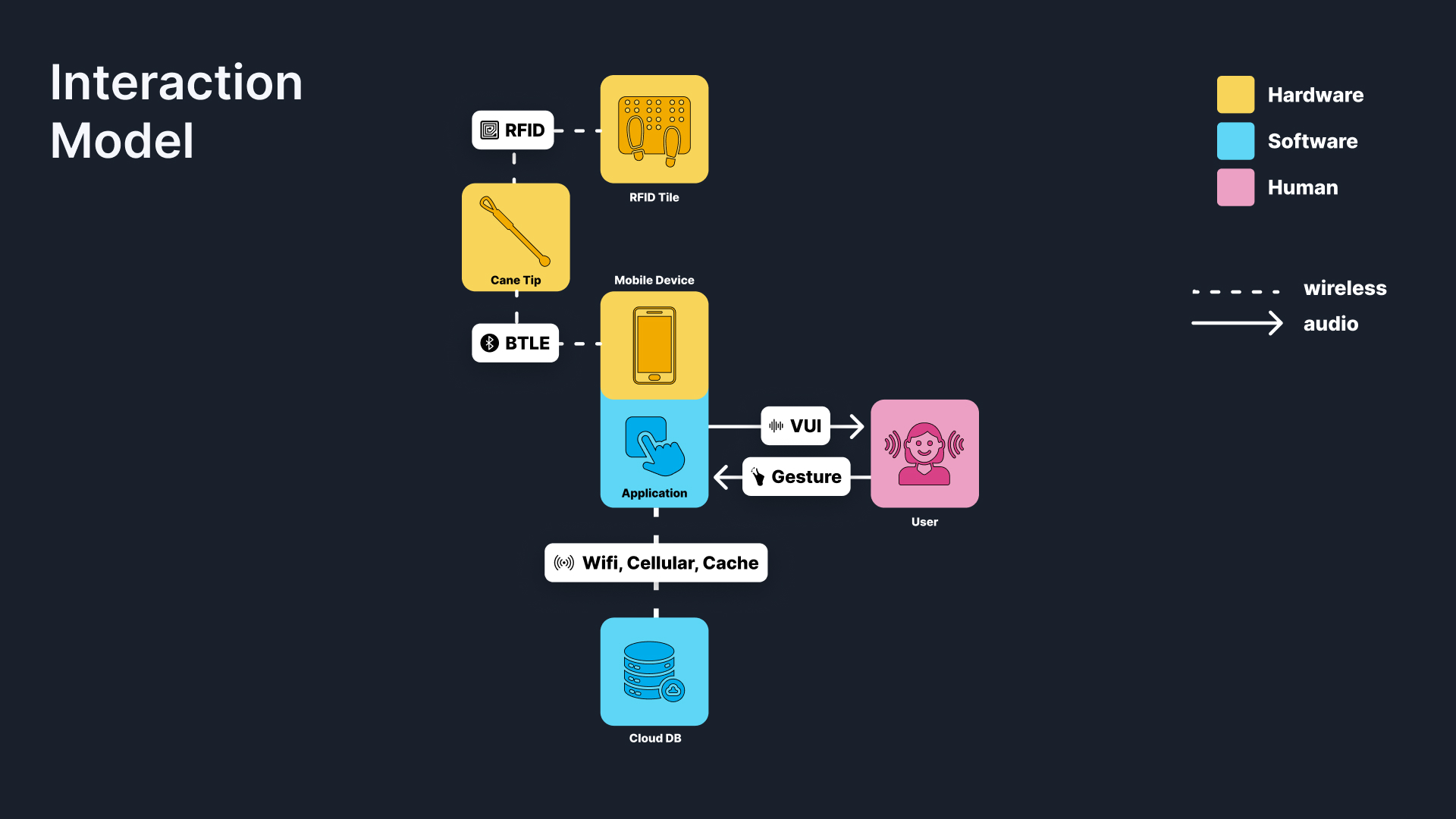
For our VUI, we decided that a friendly and dominant learning approach would be best for our end-user. This is because we want to create a calm environment for our users that provides clear and concise instructions for navigation. The friendliness aspect is definitely true in cases where there is a mistake or error as we want the user to know we care for them through our app. It also serves as a way to decrease the number of errors that will occur as conversational speech is great for user cognition.
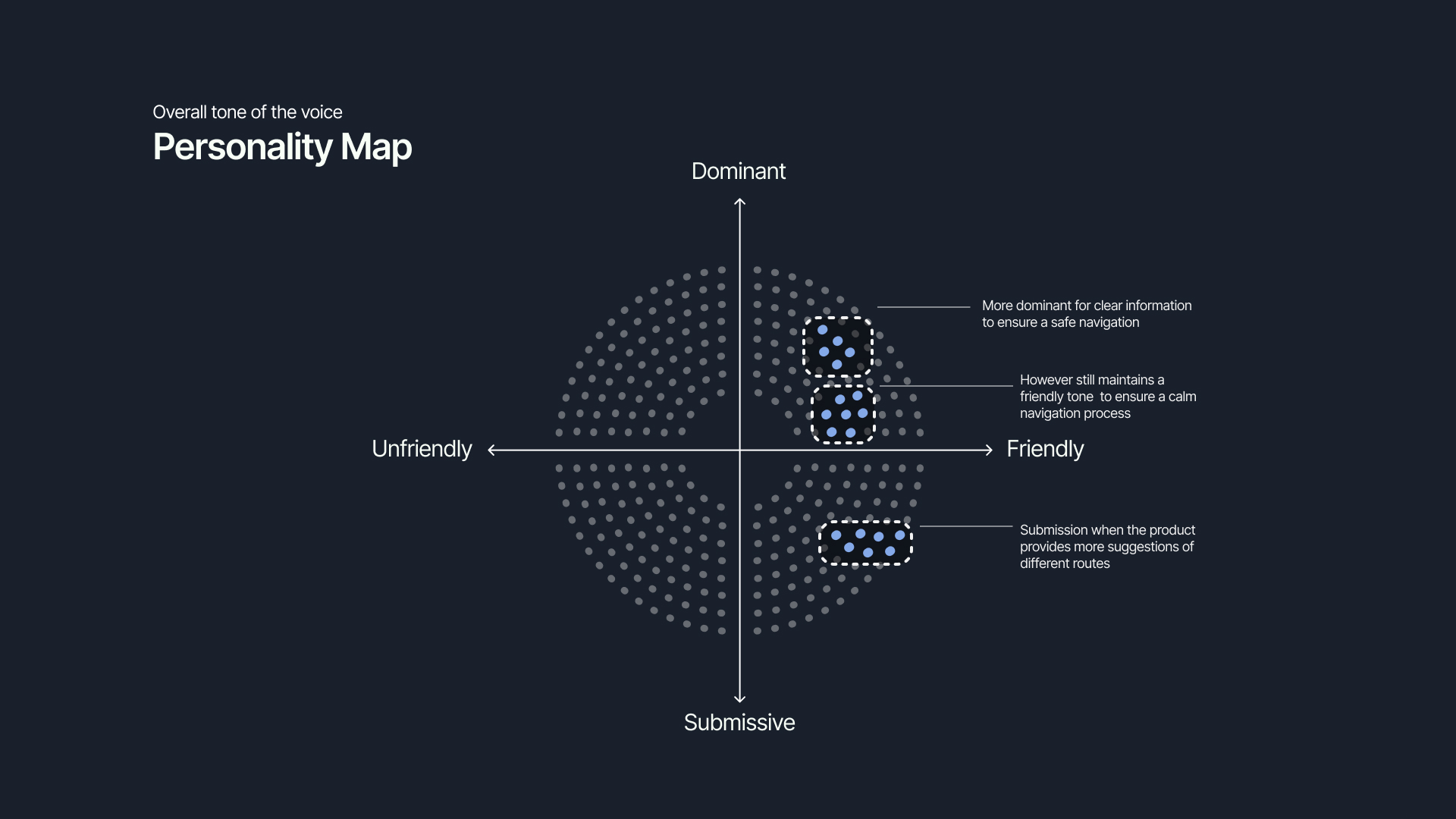
We made the decision as well to have the VUI be formal and very respectful of the user for a similar reason. Using more formal language would also help with more users understanding the directions and instructions being provided to them.
Going further this extends to the voice’s prosody. Giving off a respectful and formal atmosphere will help with the user’s ability to trust the app while having a good level of enthusiasm and humor will help with the user having an enjoyable experience themselves without being too grating or annoying for the long term.
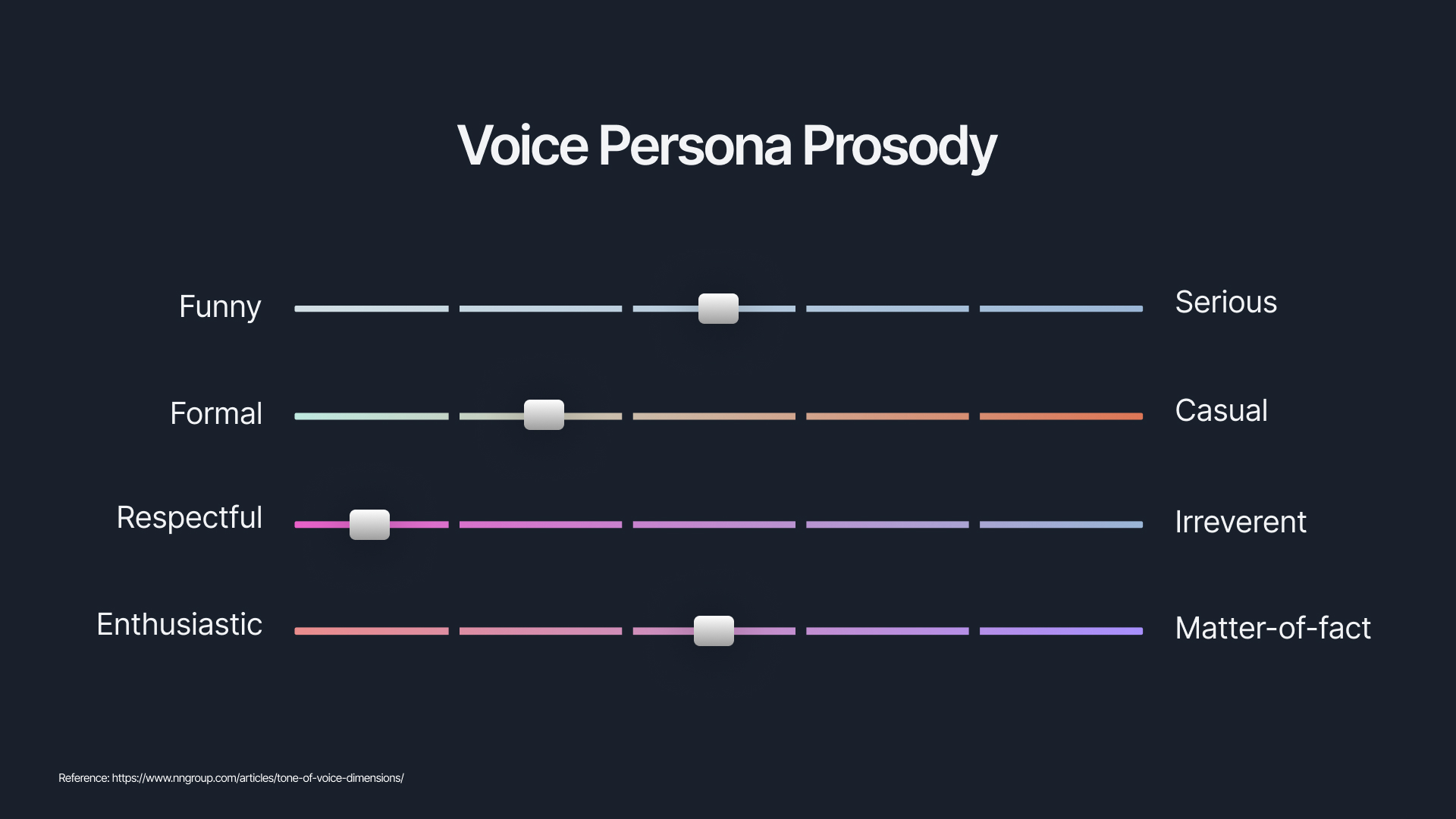
It's very helpful in enabling early visualization of alternative design solutions, which helps provoke innovation and improvement. An additional advantage to this approach is that when using rough sketches, users may feel more comfortable suggesting changes.

1. Concept Validation- 4 users
2. Wizard of Oz - 13 users
3. USE Questionnaire - 13 users
4. A/B Testing - 13 users
• Users want detailed streamlined information when navigating
• Include a panic button when navigating
• Home page was extremely confusing to navigate
• Users were frustrated getting to certain pages and need a global navigation
An omnidirectional wheeled cane which has a sensor attached to communicate with the TacTile RFID enabled pavement.
A smart cane with a rubber white tip which contains the RFID data.

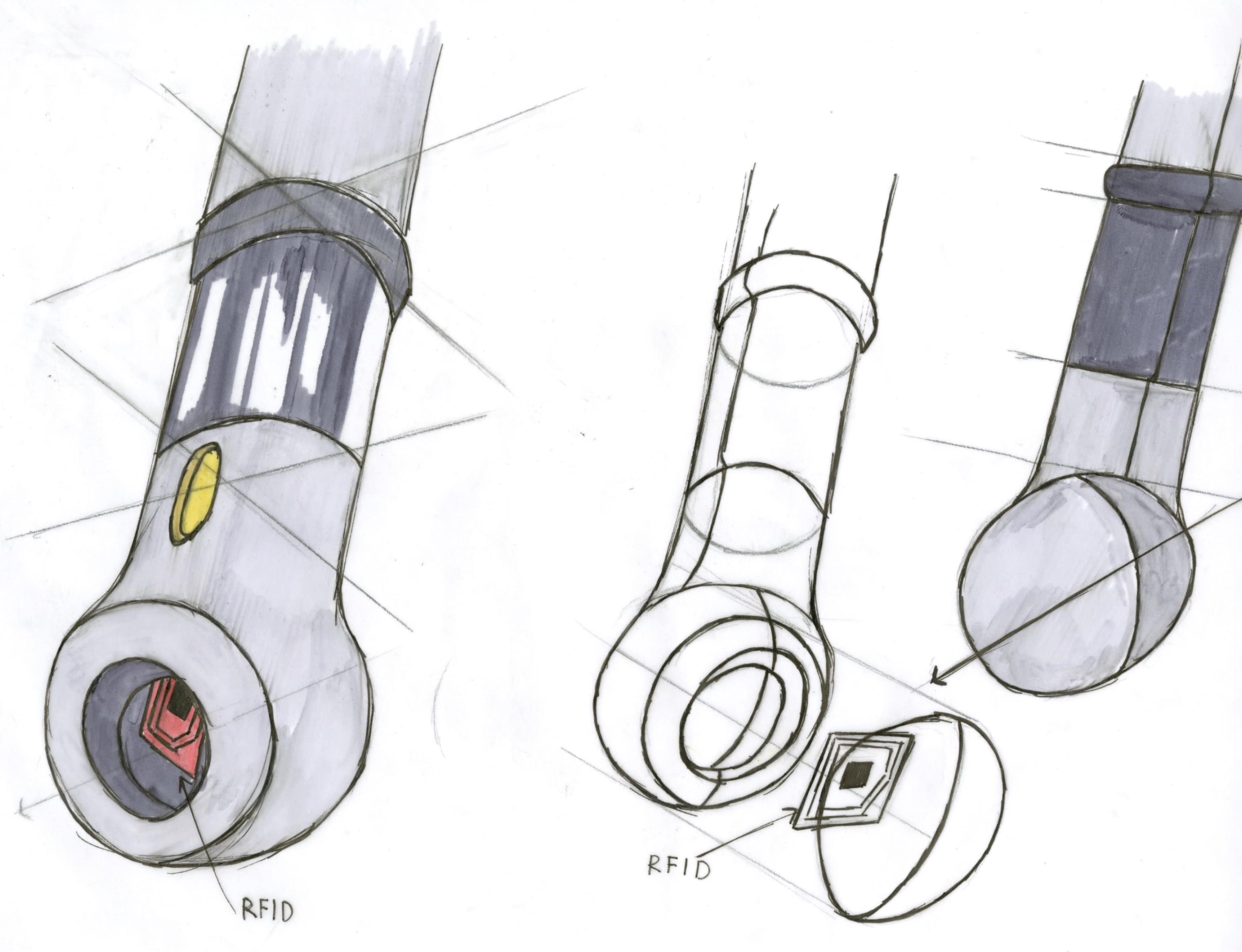
So, here is our 5 screens from the mid-fi prototype with all changes that have been suggested from the lo-fi user testing and questionnaires.
We used a black and yellow color scheme because it provides a great contrast that eases a whole process of navigating through an app for VI people and also matches with our TacTile. If that color palette doesn’t work for you, there is also an option to customize all colors of the app based on your preferences.
Since we focus on VI people, there are many who suffer from the different types of color blindness, so the app has two color palettes to offer: one is for people with Deuteranopia or Protanopia, other one is for people with Tritanopia.
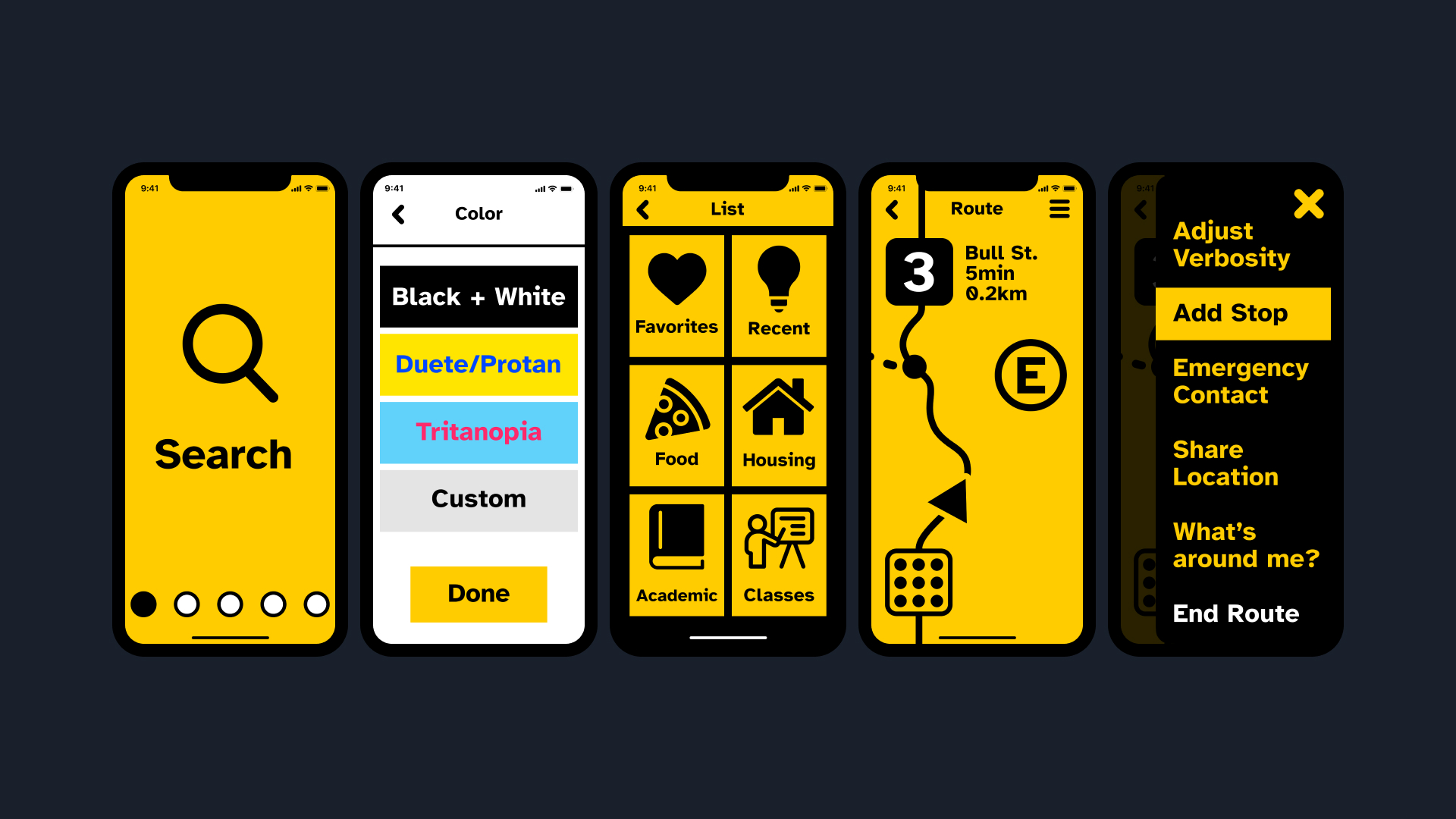

1. VUI + Product Testing - 5 users
2. BVI Testing - 3 users
3. Expert Testing - 1 user


For Individual Users:
Rubber Casing - $4
Hard Plastic Covering (High Impact Polystyrene) - $24
Metal Bearings - $2
RFID Sensor - $8
Rubber Ball Tip - $8
Cane Total: $46
For Campuses:
Brick Pavement - $7 / sqf
RFID Tags - $0.50 / sqf
Pavement Total: $7.50 / sqf
